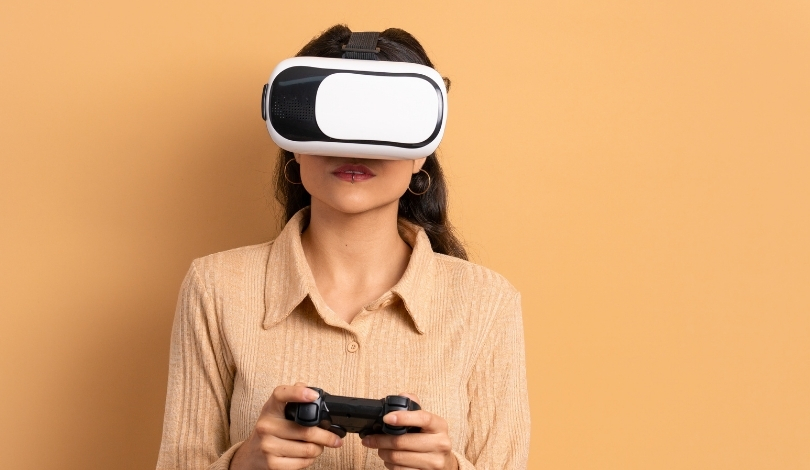Wearable technology has seen immense growth, with smartwatches becoming essential for fitness tracking and daily convenience. Apple Watch, notably the Apple Watch Ultra, raised market expectations, aiming to appeal to athletes and outdoor adventurers. However, despite its sophisticated sensors and robust build, certain limitations persist for endurance athletes who require advanced features for long-term use. Not all consumers seek the same functionalities, and buyer preferences are shaping product development across the wearable tech segment.
Apple’s recent efforts to challenge Garmin‘s dominance among endurance athletes have drawn attention since the launch of the Apple Watch Ultra. Comparable reviews last year commended the Apple Watch Ultra for introducing unique functionalities, such as an improved display and niche adventure settings. Nonetheless, Garmin watches continued to hold the upper hand regarding battery longevity, advanced mapping, and customizable training analytics. The contrast between both brands has remained consistent, with Garmin favored by ultra-runners and outdoor sports enthusiasts due to its reliable GPS tracking and extended battery life.
Does Apple Watch Ultra Meet Endurance Athlete Demands?
While the Apple Watch Ultra provides notable improvements in durability and health tracking, it falls behind Garmin in specific functions that matter to endurance athletes. Features like extended battery life, in-depth performance metrics, and versatility in extreme environments can be decisive. Apple has promoted its device for durability and high-precision GPS, but heavy users often cite rapid battery drain as a drawback, particularly during multi-day excursions.
How Does Garmin Continue to Lead Among Performance Watches?
Garmin has established itself as a preferred option for long-distance runners, hikers, and explorers through features tailored for extended activities. Its Forerunner and Fenix models are lauded for their lengthy battery performance, superior mapping options, and customizable training insights. The brand’s established reputation stems from continuous adaptation and user feedback, responding to the needs of athletes who participate in challenging environments.
What Position Do Industry Voices and Brands Take?
Feedback from both brands underscores their strategies. An Apple spokesperson remarked,
“Our goal has been to design a watch that complements high-intensity lifestyles while providing reliable health monitoring.”
Meanwhile, Garmin officials responded,
“We prioritize specialized features and battery longevity to support users during their most demanding pursuits.”
These statements reflect the divergent focus of each company while hinting at ongoing efforts to outpace market rivals.
Smartwatch selection is increasingly dictated by user requirements, particularly among those training for endurance sports or long expeditions. Garmin’s product suite remains consistent in addressing battery and advanced navigation needs, whereas Apple attracts mainstream consumers valuing seamless integration and health tracking. Endurance athletes must weigh the value of extended use features against broader ecosystem benefits. Understanding specific use cases before purchase can ensure users maximize the advantages offered by each brand. Market competition will likely drive further innovation and tailored advancements in future wearable technology.










